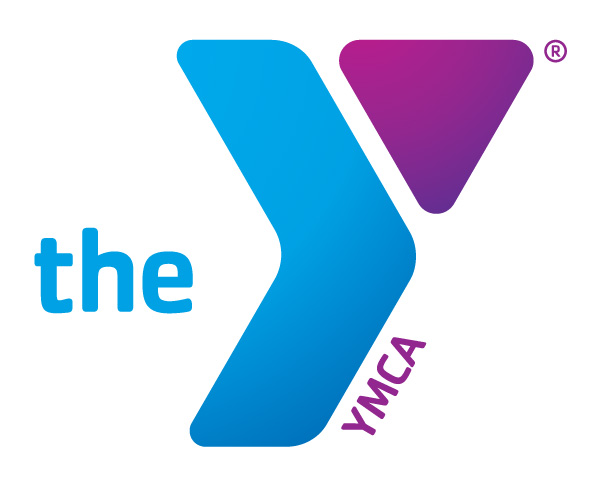History of YMCA Ayrlawn
In the 18th century, the area now known as Oakmont was farmland near an Indian trade route that eventually became known as Wisconsin Avenue. In mid-century, the tobacco trade flourished, and tobacco farmers used the road to move their crops from the Maryland countryside to the busy Port of Georgetown. Around 1805 the old Indian Road was named the Rockville Pike and became a toll road. Traffic along the road increased bringing more people through the area, and over a century ago, Washingtonians regularly took the trolley out to Bethesda Park to ride the Ferris wheel and roller coaster, visit the zoo, and picnic among the mature oaks.
Bethesda Park was destroyed by a hurricane in 1896, and the town of Oakmont was formed from part of the park land in 1918 by three neighbors who wanted to bring municipal services to their rather isolated neighborhood. The three neighbors were Oliver Owen Kuhn, then managing editor of The Evening Star; Charles A. Read, a printer retired from the Government Printing Office; and James C. Adkins, an insurance broker. In creating the town, the founders gained control over some of the services they desired. In fact, Read controlled Oakmont street lights with a switch attached to his house until the 1940s. Each night, he turned the lights for the whole town on and off. In those days the western border of the town was Ayrlawn Farm, a model dairy farm.
Today, Ayrlawn is a county-owned park and a YMCA daycare center housed in a former elementary school that was built on the site of one of the main barns of the original farm. Several of the original farm buildings, including the house, are still on the property.
Walter Johnson, the Washington Senators baseball player (1907-1927) still considered one of the greater pitchers in history, played a critical role in Oakmont history. Johnson owned a three-acre strip across Oakmont’s northern boundary along Old Georgetown Road. In 1937 he sold the land. This sale, and the subsequent subdivision of the land, led to the opening of Oakmont Avenue in 1941. Johnson, known as “The Big Train,” won more games than any 20th Century pitcher (414) and was one of the first five players elected to the Baseball Hall of Fame in 1936. His home, now designated an historic landmark, is still located on the northwest corner of Oakmont Avenue and Old Georgetown and is privately owned. Following World War II, Oakmont experienced considerable growth with many new homes on Oakmont Avenue joining the older homes on Oak Place. Many families in the town have lived here for 30 years or more; some moved away and came back to resettle on the same street again years later; and new families come to live in Oakmont on a regular basis. As a result, we are a diverse community with a mix of ages, nationalities, occupations, and interests.” Source


